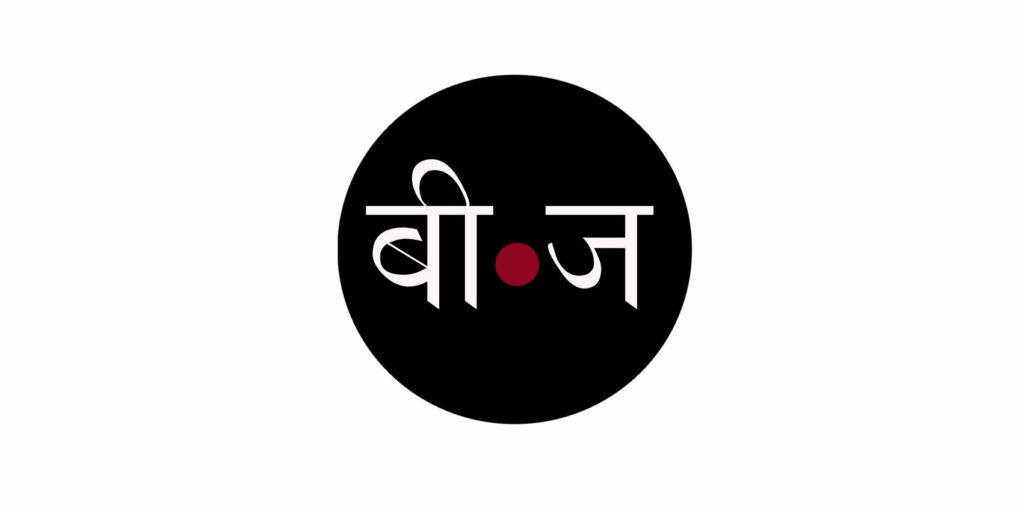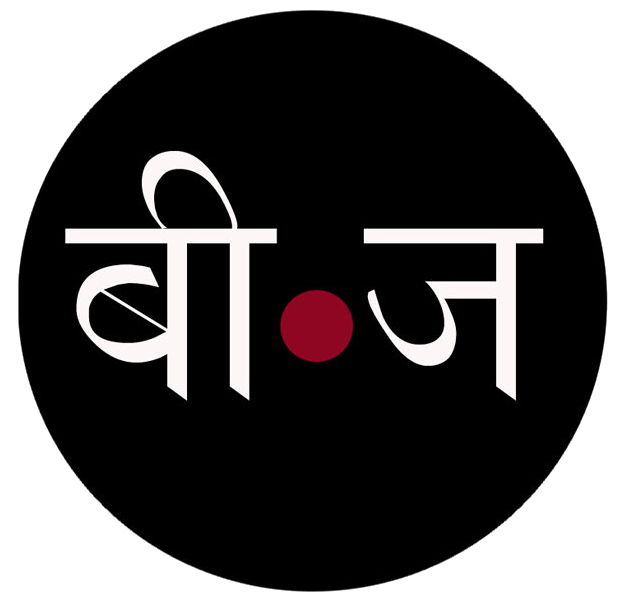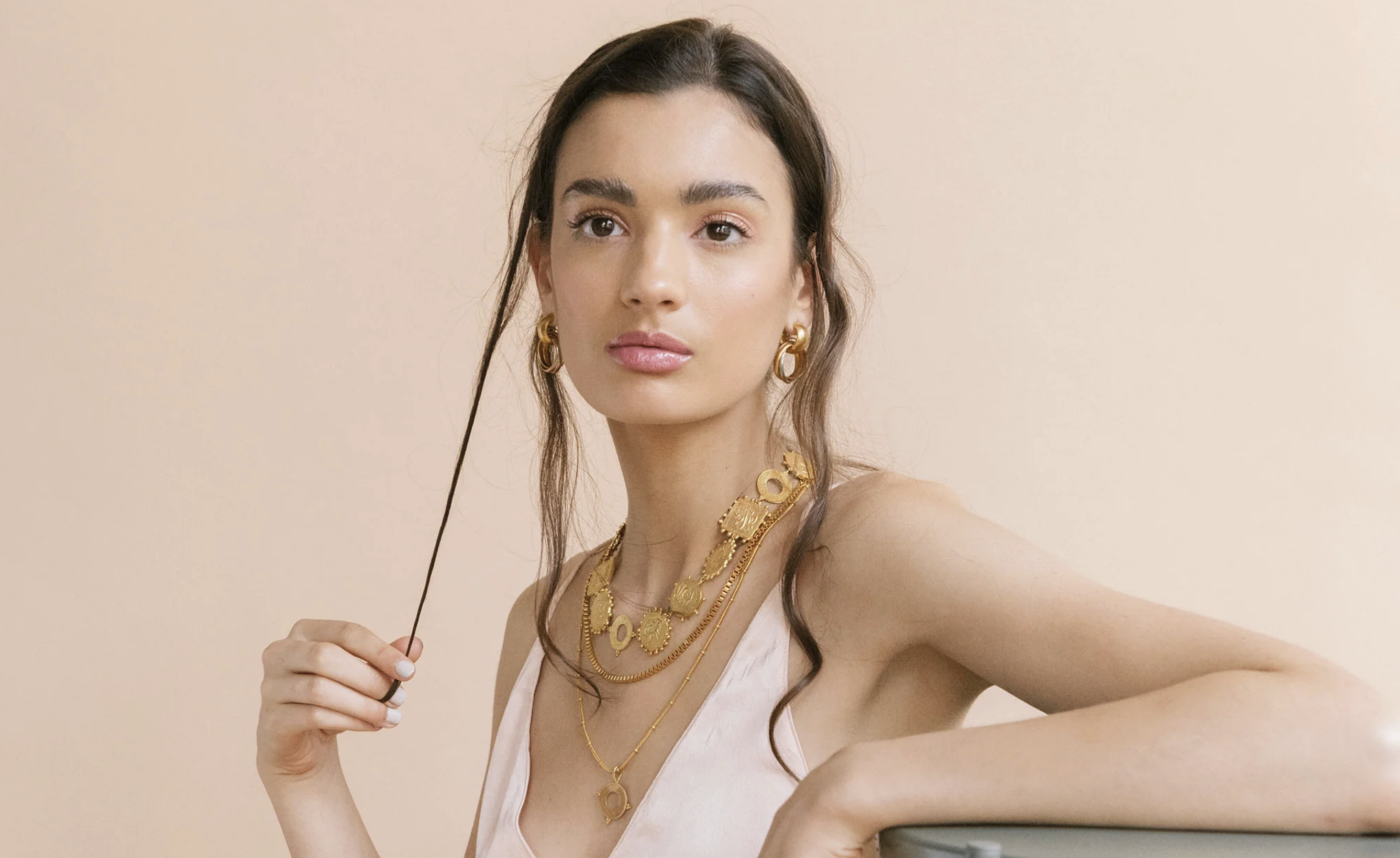Rajasthan’s Aangi Finds New Life in Aangiwali’s Fusion of Tradition and Style
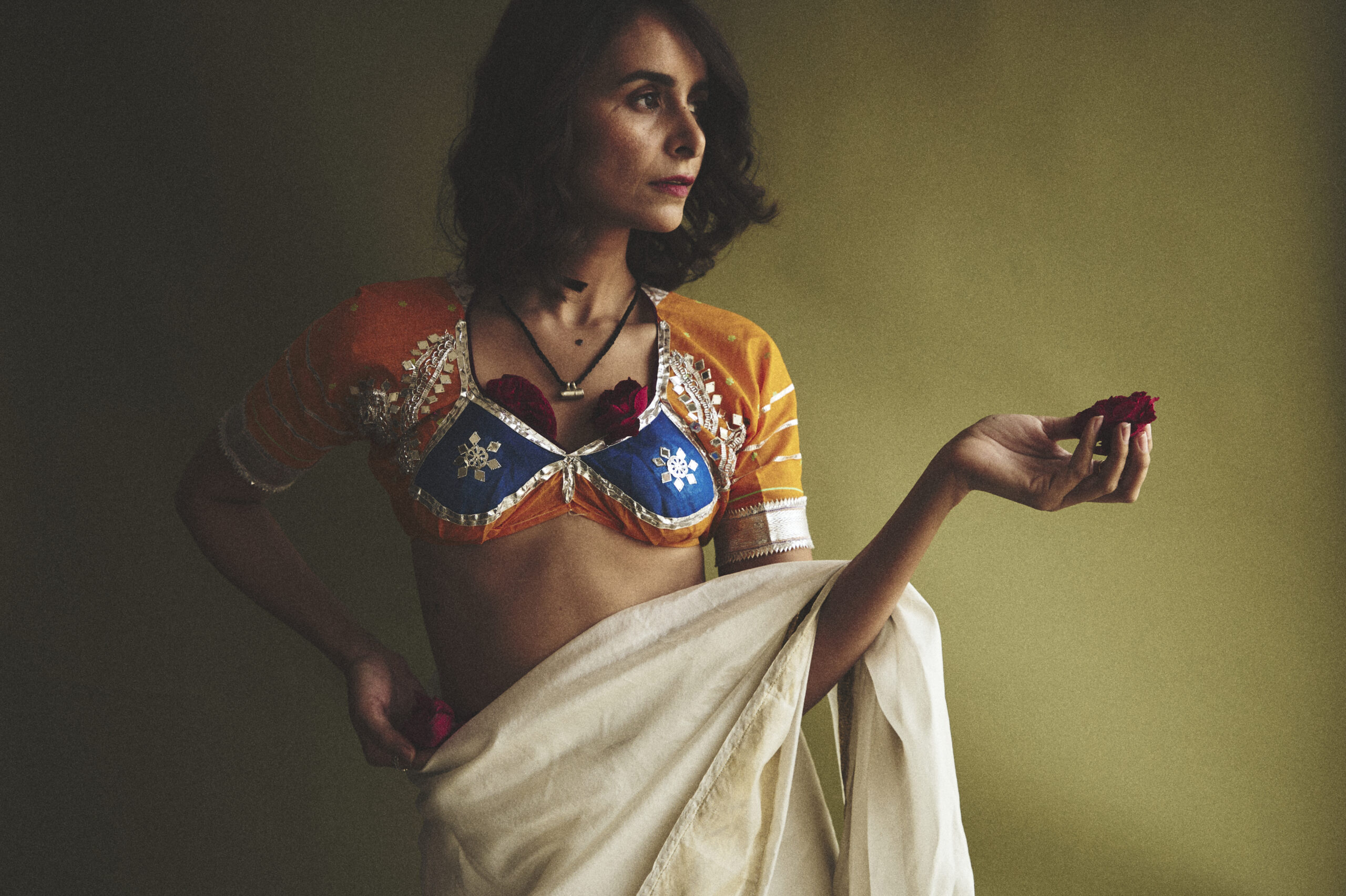
Aangi is a garment woven with history. In the arid landscape of Shekhawati, Rajasthan, it tells the story of women whose hands, generation after generation, have crafted it with great finesse and artistry. The Aangi, a tight blouse paired with the flowing Ghagri skirt, is more than a piece of clothing. It is an emblem of culture, a stitch in the fabric of family and community. Best described as a bodice, it is contoured to the bosom, and tied with thread.
Indro Bai spent her life crafting aangis, the designs passed down from her grandmother. Her sandook—a wooden trunk—holds a trove of these vintage treasures, garments made with care, steeped in the quiet rituals of rural Rajasthan. It is from this trunk that her daughter, Dr. Kanchan Sangwan, drew inspiration. Dr. Sangwan’s pivotal moment came with a black aangi, custom-made by her mother. That blouse sparked the idea of Aangiwali, a brand founded by the mother-daughter duo to preserve and modernise this fading craft.
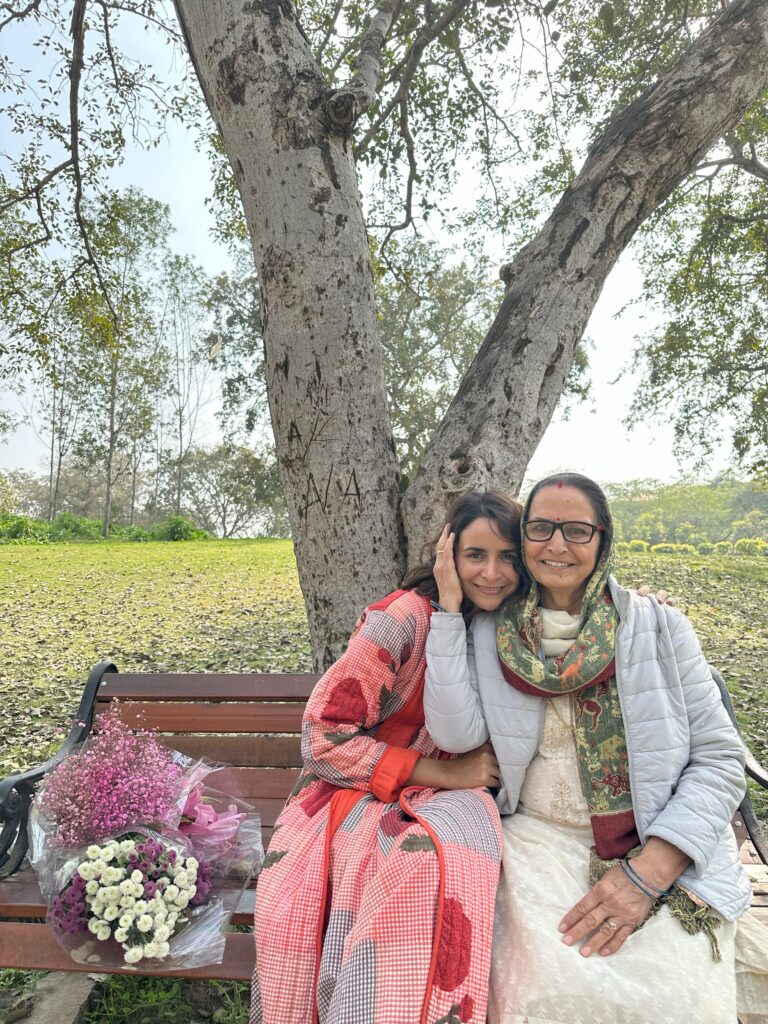
In its rebirth, aangi transcends its origins. Through Aangiwali, this living legacy—tied to the hands of women like Indro Bai—finds new life.
Dr Sangwan speaks to BeejLiving about Aangiwali, which tells a story of love, heritage, and the enduring spirit of craftsmanship, inviting the world to wear a piece of Shekhawati.
What does slow fashion mean to you?
Slow fashion means luxury—valuing quality over quantity and creating timeless pieces. The aangi, a traditional blouse cherished by women in our region for generations, holds a special place in our hearts. My mom, Indira, learned the art of gota work on aangis and odhanis from her mother in a joint family, where siblings affectionately called her “Indro bai”(“bai” means sister). She has an incredible gift, besides making aangis and odhanis, she can stitch bags, headgear, and even dhurries. I remember during summer vacations we’d try something new together.
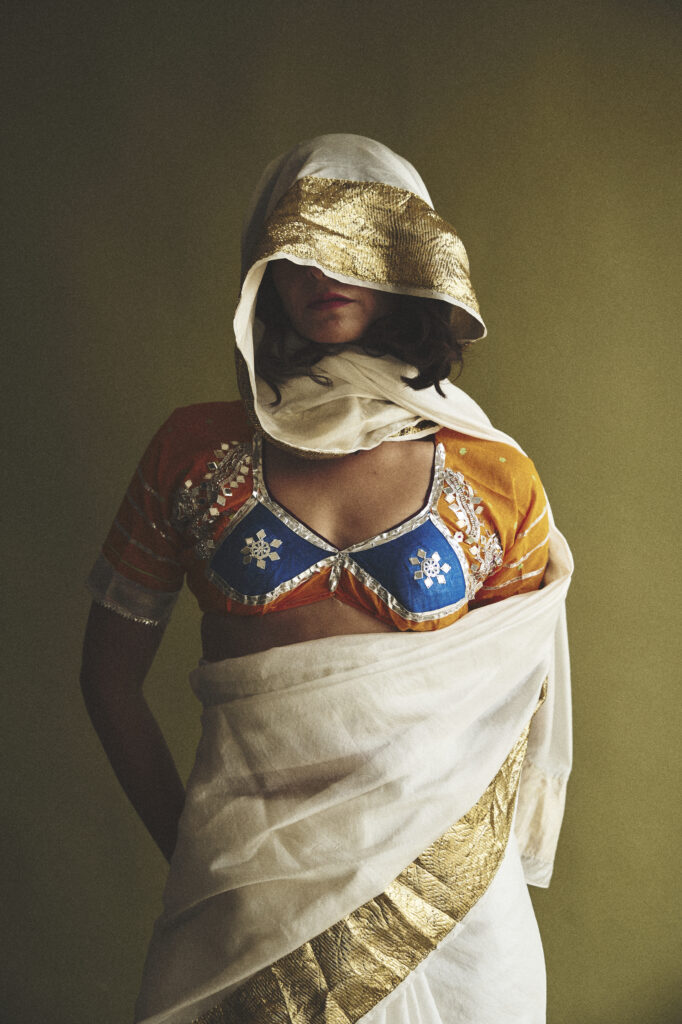
How would you sum up the experience of working with your mother? What moments do you cherish the most?
Working with her has been an incredible experience. I live in Jaipur, and she’s based in Shekhawati, where Aangiwali is located. We call each other daily. I visit her once a month or sometimes, once in two months. She beautifully handles the production, sending the finished pieces to me, so my husband and I can dispatch them. Talking with her daily has become my favourite part of the day. It hardly feels like we’re far from each other. Whether by phone or video calls, we’re always connected, working side by side.
At what point did you realize this could transform into a viable business? What sparked that vision?
Growing up, I’d seen these aangis but never found one that fit well. They were always too small. In January 2024, I finally asked my mother to make one just for me. When I wore it to a wedding, the response was amazing. At that moment I thought we could turn her lifelong passion into something more. We launched the brand on February 4th this year. In the beginning, she handled all the crafting herself. But now, we have a small team of women who help us.
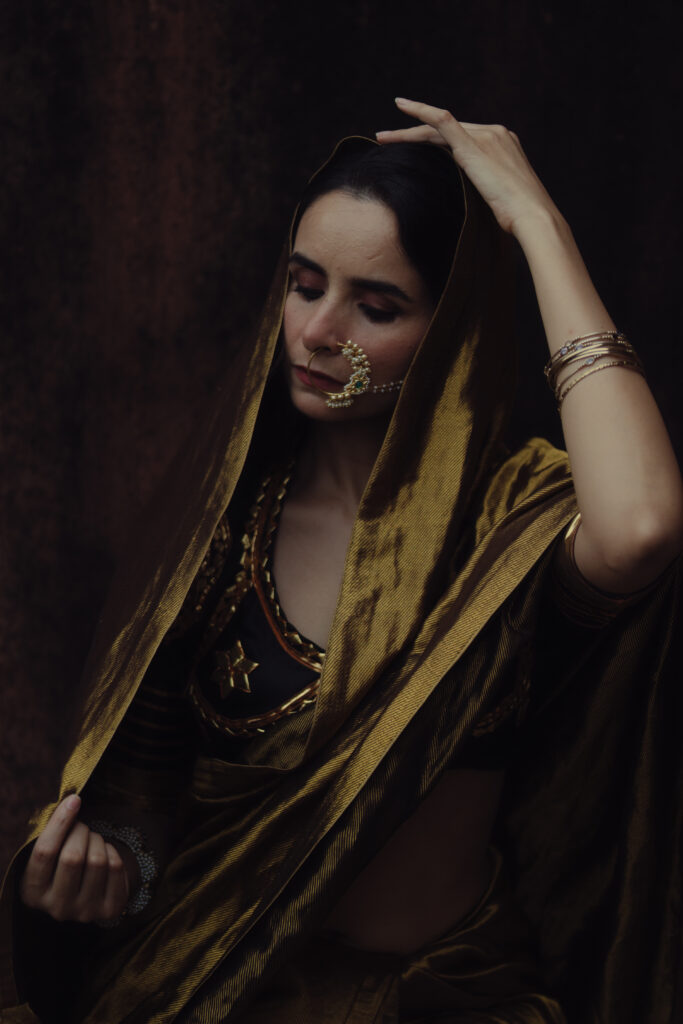
Have you adapted traditional craftsmanship for contemporary fashion sensibilities?
I adore traditional Indian attire. This love for our culture inspired me to bring back the aangi.
Our pieces are unique and introduce something rare to those who may not have seen this art before. At the same time, they’re a revival of heritage styles, once loved by our grandmothers, but often overlooked as styles have modernised.
We use age-old crafting techniques, as they did in the past. Each aangi is first stitched, and only then the design is crafted onto it. Our gota has an antique feel, with charkhi gota (a wrinkly gota that adds a vintage vibe to the pieces) being a personal favorite that we often incorporate. We design the aangis with today’s modern woman in mind, blending traditional styles in a way that surprises and delights even those familiar with the classics.
You’ve begun collaborating with women artisans in your community. What stories have emerged from this shared work?
When we first approached local women about working with us, we were surprised that no one showed interest. They felt it was too much work, saying things like, “Kamar toot jayegi, aankhon pe zor padta hai.” They preferred to avoid it altogether. But later, after seeing my mom doing the work herself, a few returned. They realised it could be a way to earn.
Today, we have a small team of about 3-4 ladies who feel like family. One of them is younger (23 years old), and the other two are older (45 and 60 years old), and they all call my mom “Badi Maa.” I’ve seen their confidence grow. They’ve even renovated a small part of their homes. I feel proud of my mother helping these women feel empowered. Hidden talent can bloom when the time is right.
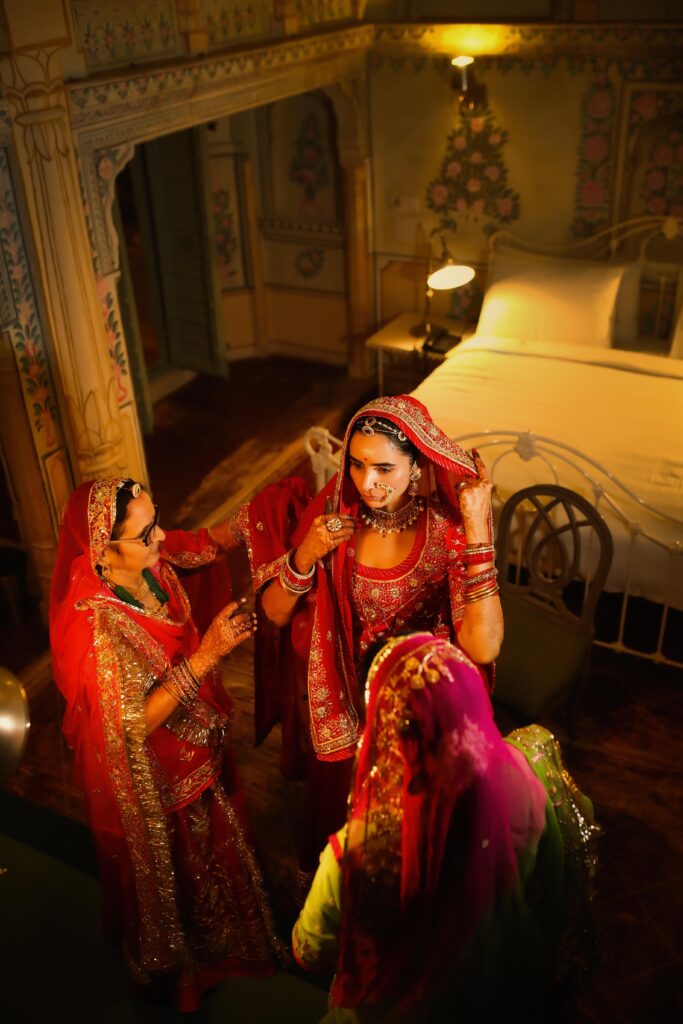
Textile traditions are fading in many Indian households. How can we collectively safeguard our legacies and ensure these practices endure?
Traditional textile arts are fading in many Indian households, as people shift toward modern styles.
I always remind customers to handle our pieces carefully. Each aangi is crafted with a single-thread gota, meaning a single thread is used to stitch the gota work, and of course, so much love. I tell them to respect and wear them with pride.
I sometimes see comments on our posts where women joke, “Finally got rid of these aangis, and now actresses will be wearing them again, haha!” But honestly, I’m proud to say that our pieces are starting to trend.
India is full of talent, and there’s so much we can achieve. Our customers have also been incredibly supportive, saying things that touch us. One customer told us, “This piece is so beautiful, I’ll pass it on to my daughter-in-law,” Her son is only 17!
